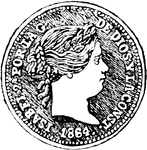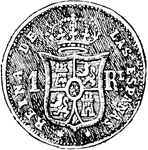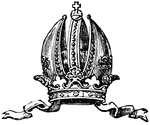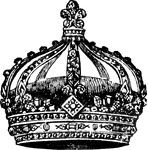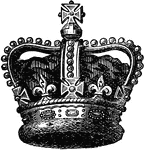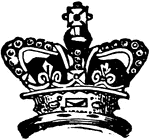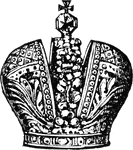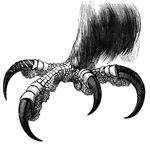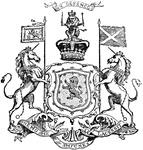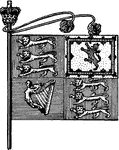Clipart tagged: ‘royal’
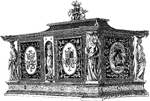
Jewelry Box
This jewelry box is designed in a Cinquecento (Italian 16th century) style in bronze, gilt and silver.…

Daughter of Edward III
"The effigies of the two royal sisters speak for themselves as expressive and authoritative typical…
Daughter of Edward III
"The effigies of the two royal sisters speak for themselves as expressive and authoritative typical…
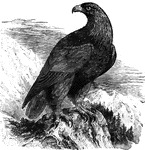
Royal Eagle
Also known as the common eagle of Europe, (A. fulvus) these large eagles nest on the inaccessable…
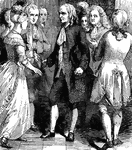
Franklin in French Court
A depiction of Benjamin Franklin in the French royal Court, where he was well-received.
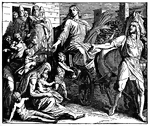
Joseph Collects Wheat as Governor of Egypt in Preparation for the Famine
"48 And he gathered up all the food of the seven years which were in the land of Egypt, and laid up…
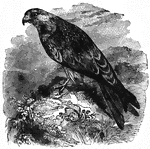
Kite
"Genus Milvus, its length is twenty-six inches; it's color above dark brown; rufous bown below;…

Boy in a Group of Men
An illustration of a young boy in a room full of royal looking men. The boy is walking towards one of…

Moses is Found by Pharaoh's Daughter as Miriam Watches
"And when she could not longer hide him, she took for him an ark of bulrushes, and daubed it with slime…

Royal Palm
Roystonea (Royal Palm) is a genus of 10 species of monoecious palms, native to tropical regions of Florida,…

Taou-Kwang
"The emperor of China, Taou-Kwang, was born in 1782, and is a grandson of Kien-long. He succeeded his…
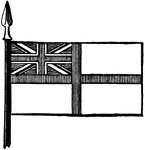
White Ensign
The White Ensign is a flag of Great Britain. It is the peculiar flag of the royal navy.

